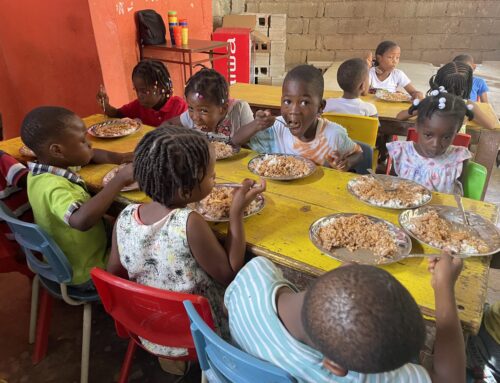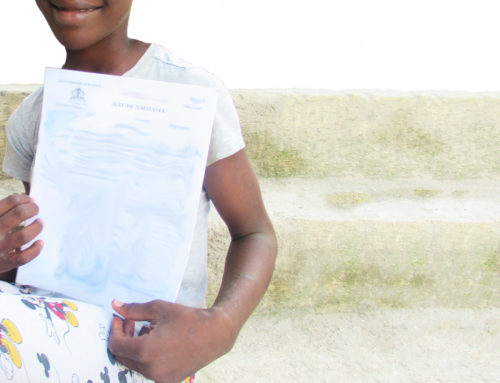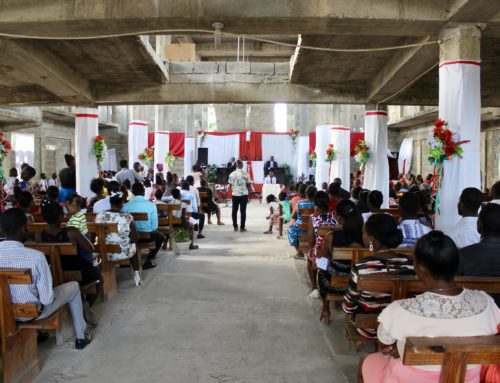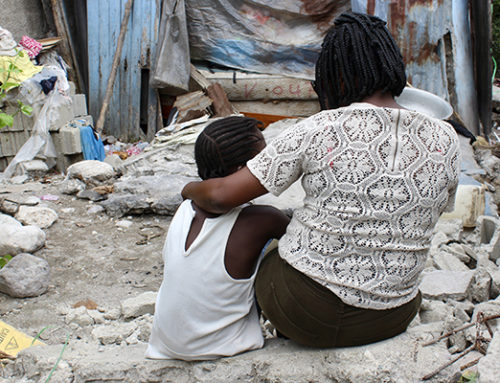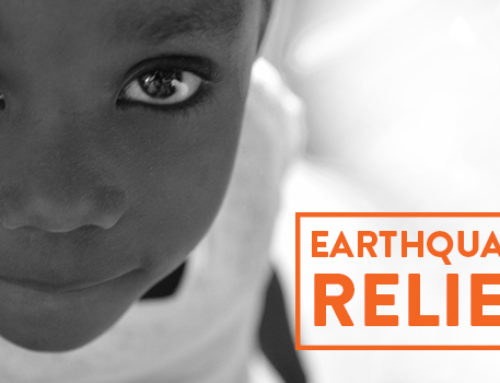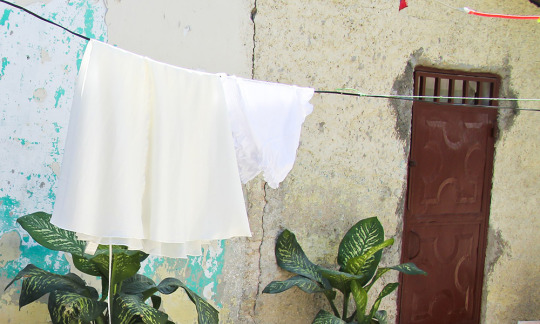
It’s no surprise that when we leave the borders of the United States, we encounter cultures and people that are often very different from what we are used to. That is the beauty of travel: We get to learn about and come to appreciate the customs and practices that differentiate people groups and make each of us unique.
If you are an American traveling to Haiti, you might be able to look around and notice several differences right away in terms of landscape and visible cultural differences. But what about those differences that you need to dig below the surface in order to truly understand and appreciate? Well, no worries. We have a short list of what makes our homes in America different than, or similar to, the typical Haitian home.
1. Parental Roles
The cultural tide in America has changed in such a way that there are not really distinct gender roles for parents anymore. Both parents can work full-time, or one parent can work while the other is a stay-at-home parent. Another shift is that, if one parent does stay at home, it is no longer constrained to the mother, as many companies are offering paternity leave and the culture is recognizing that it is equally acceptable for the father to be the “house husband” as it is to be a stay-at-home mother.
However, when visiting Haiti, you will notice that gender roles within the family still very much exist. Both parents are often counted on for generating income, but most of the responsibility of providing for the family is placed on the father’s shoulders, while the mother is considered in charge of raising children and keeping the home in order.
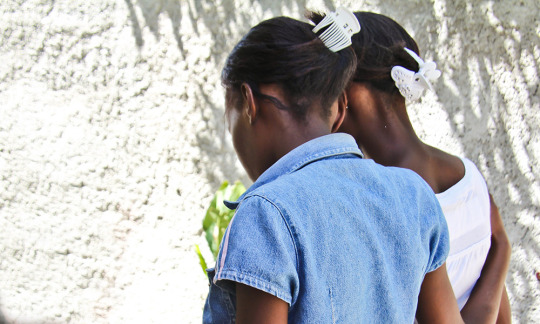
2. Extended Family
Not many of us who were born and raised in the United States can say that we’ve had the opportunity to live with our extended families. We tend to prefer having our space, and for many of us, visiting family gives us a reason to take trips throughout the year. Although it isn’t uncommon for our grandparents to move in with us for a brief stint when their health begins to fail, in Haiti, it is the cultural norm for generations of families to live together. Families tend to live with each other either under the same roof, or under different roofs on the same property.
Haitians also have a high regard for the elderly. They believe that the elderly have garnered respect and accumulated a wealth of knowledge and wisdom throughout their lifetimes that they can share with the people around them, which is definitely a mindset that we can all stand to cultivate regarding the aging demographic.
3. Education
The United States and Haiti both have a high view of education. The school structures and education systems in Haiti and America are unique and constructed differently, but both cultures appreciate high-performance in the classroom and understand that a solid education can lead to greater opportunities than one might have apart from it.

4. “Play Time”
In the United States, there are many children who would rather trade in their tennis shoes for a video game console and controller. This hasn’t always been the case, nor is it the only way kids in the U.S. “play.” Since technology has evolved, though, so has the way a lot of children spend their free time. However, in Haiti, passing hours in front of the television or computer screen isn’t necessarily an option. You are far more likely to see kids from the communities running around outside or playing soccer.
Have you traveled to Haiti? Have you experienced first-hand some ways Haiti and the United States differ or share cultural similarities? We would love to hear your thoughts!
If you’d like to know more about what Restavek Freedom is doing in Haiti, contact us or visit our website today!


